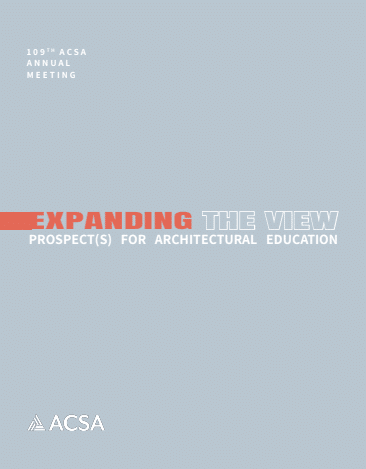Author(s): Jason F. Carlow
This paper presents new methodologies for the design of roof canopies for extreme desert climates based on per-formative aspects of vernacular architecture from the Middle East and North Africa (MENA) region. The research and design explorations have been undertaken within the context of an undergraduate, architectural design studio at American University of Sharjah. The research methodology for the studio included a survey and case studies of various traditional building types, technologies and materials to uncover design strategies. Lessons for climatic performance such as solar shading, natural ventilation and using thermal mass for cooling were important aspects of the precedent research, as were aspects of structural, material and aesthetic performance. In addition to a series of vernacular buildings, students were also asked to investigate a number of contemporary examples of architectural enclosures and roof systems. Students experimented with computational means of hybridizing concepts, technology and geometry from the two categories (vernacular and contemporary) into a prototypical envelope system. Through multiple, design exercises, the studio encouraged an iterative approach to design. The studio considered how parametric tools and or parametric thinking can be put to work to blend architectural forms to achieve canopies that perform in desirable ways and can adapt to different sites, structural spans and programmatic criteria. With the use of digital design tools and techniques, an experimental approach toward building design aims to create prototypes for a better performing building envelope.
https://doi.org/10.35483/ACSA.AM.109.11
Volume Editors
ISBN
978-1-944214-37-1

 Study Architecture
Study Architecture  ProPEL
ProPEL 
